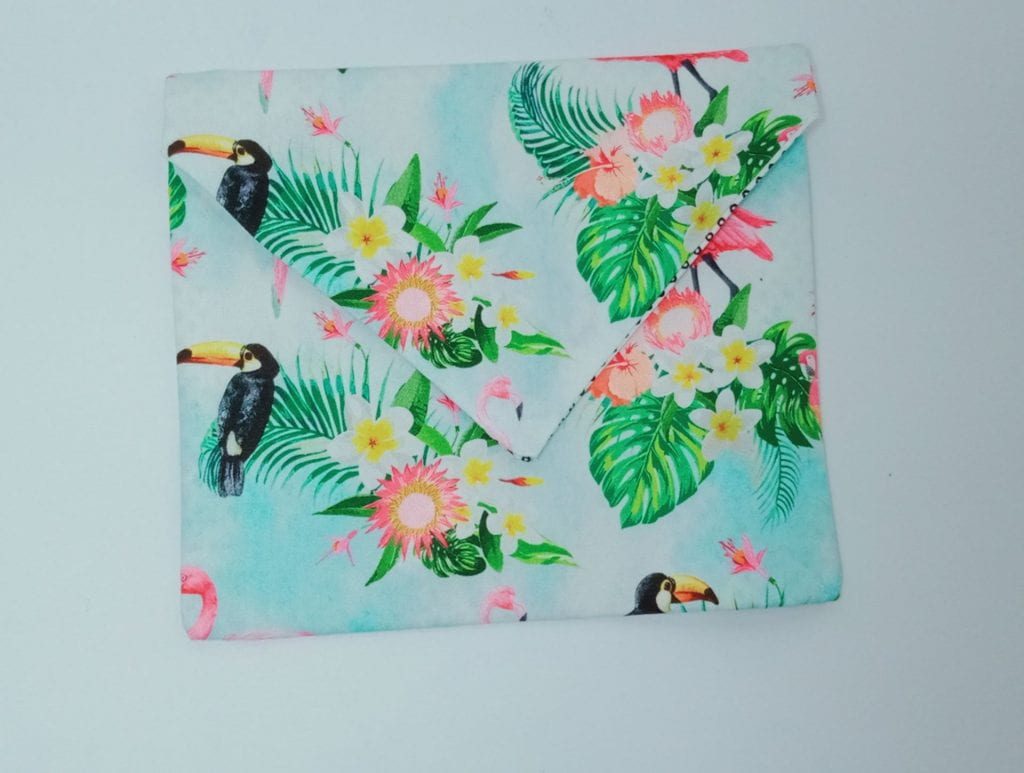
Above: The All Saints’ College Design Thinking Process
Introduction:
The Christmas Market was a real life experience that connected what we learnt in various subjects to make what was a very valuable learning experience, a real-life market where we had the opportunity to sell our products to the wider college community. Each group started their own business which aimed to provide a product or service that would fulfil the needs and wants of the people at the Christmas Market and make the most profit. The Christmas Market allowed us to expand and use the College Capabilities to help us expand our comfort zones through team work and a shared goal of having something to sell at the Market.
Empathize:
During the Empathize stage of the Christmas Market, we had to interview various people, including some classmates and family and friends. This was so we could use these interviews as insight into what would make a good gift and the various traditions people had about Christmas. I learnt that is was important to be organized as there was a dead line that we had to have the interviews completed by and we couldn’t interview specific people, such as classmates, but we had to find a time to interview the person in a time that was suitable for both parties.
Define:
Next, in class, we spent time observing our 3 interviews to figure out what would make a good product by observing trends and making connections between the interviews.
Ideate:
During this time, we had to weight up all of our options and work together to improve on, or create a product that aligned with the trends we had previously observed. We worked in groups, and after much deliberation, we finally settled on making small, portable pouches. I think I improved my creativity, as in the beginning our group didn’t really have any ideas worthy of writing a pitch for. This taught me that it was important to have resilience as the majority of our ideas were incompetent as they already existed or weren’t extremely creative or innovative.

Left: The final product, which was a fully closable, hand and machine sewn pouch
Prototype:
We had to write a pitch which would persuade our potential investor (our Humanities teacher from All Saints’) to “invest” $30 in our product. This $30 was also our startup loan which we were to use to purchase any materials, which, for us consisted of fabric and press studs. Our pitch had to fully cover all aspects of out potential product. This included why the product was innovative, why people would want to buy it, the budgeting, our proposed selling price and whether or not we were actually capable of creating our product. This taught me organization as we had to find a suitable date to go and buy our materials that would suit both parties. The Prototype process also involved collaboration so both members of our group would be on the same page. An example of this is when we were sewing studs on and we had to make sure that each person was consistently putting the studs on in the right place.
Print Ad
In English, we had to carefully construct and then later analyse our product ad. This started with going through a powerpoint that taught us how to identify different types of ads, including product, lifestyle and not for profit ads, and the various aspects of what made a successful product ad.

Above: The final ad


December 1, 2020 at 8:38 am
Great reflection Felicia! It was very informative and showed your workings and perspective of the Christmas Market! I really like your idea of the pouches, it is innovative and useful at the same time. Good job!